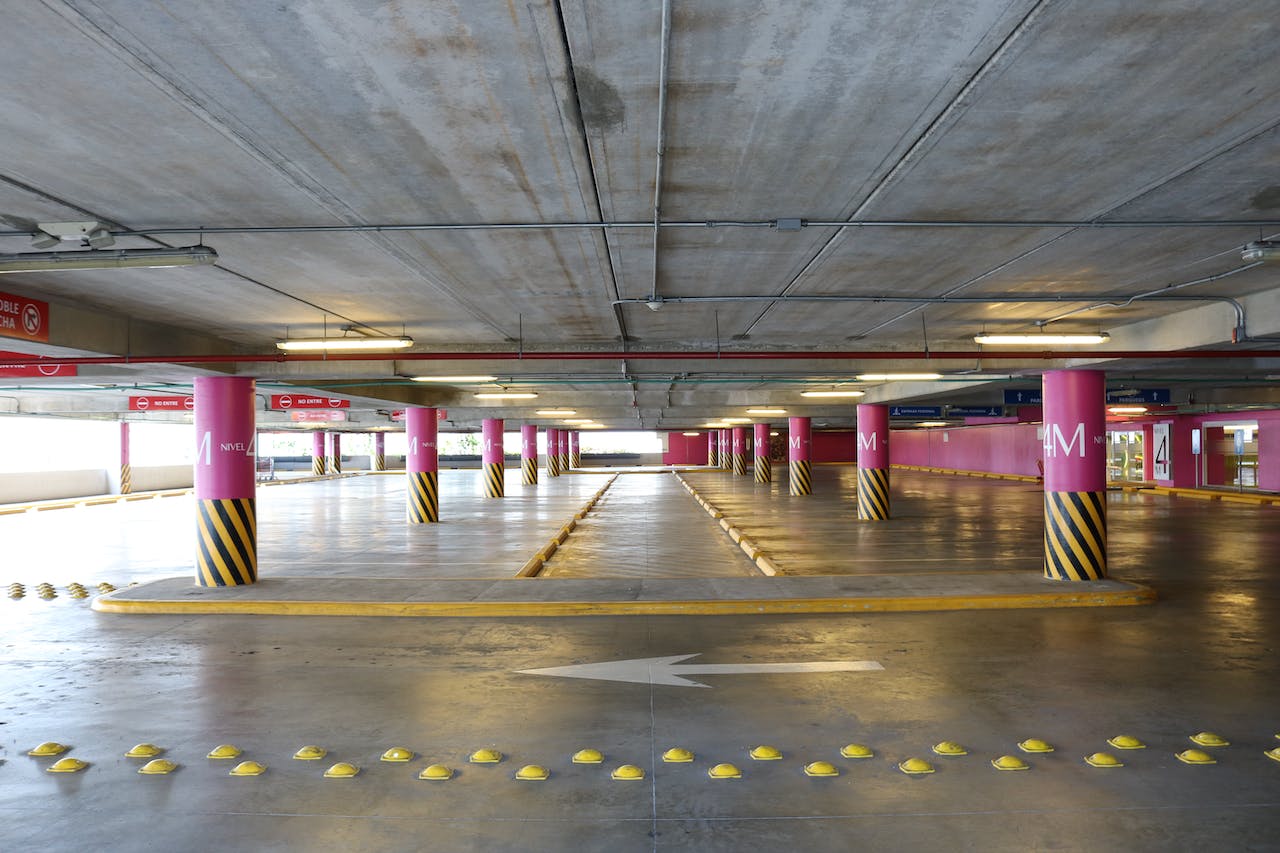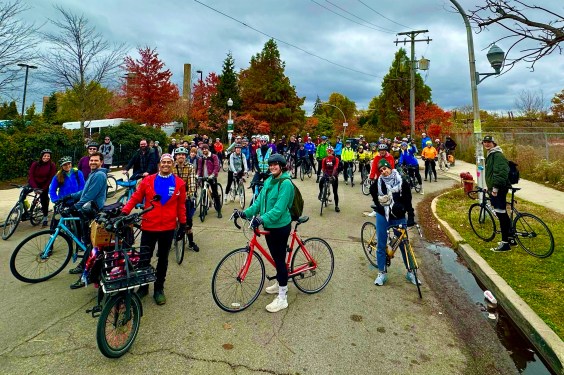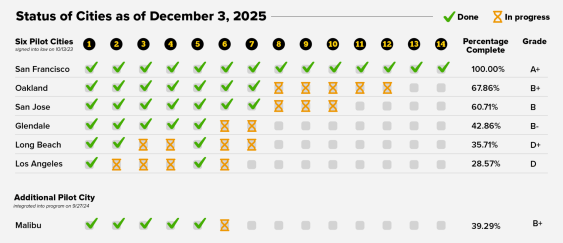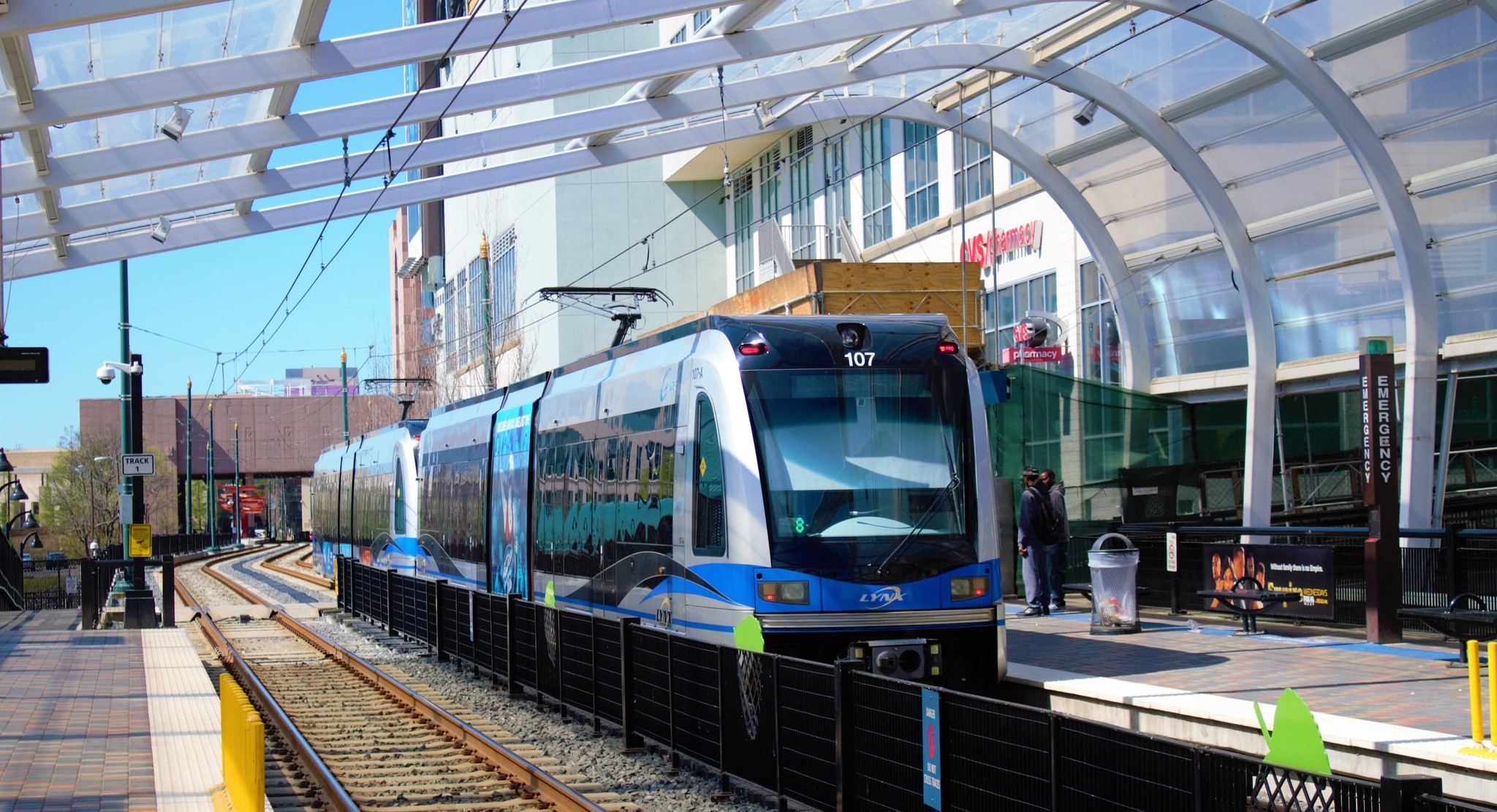Electric bicycles are under increasing scrutiny, often for the wrong reasons. In a forthcoming three-part series, PeopleForBikes separates fact from fiction to protect the future of e-bikes in America, clarify what qualifies as a legal electric bicycle, and call out bad actors mislabeling high-powered motor vehicles as “e-bikes." This is Part I.
E-bikes are under attack, but not for the right reasons.
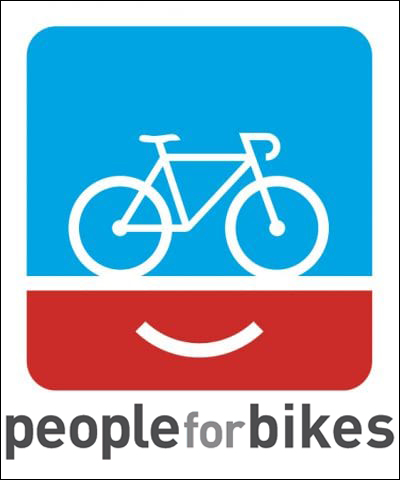
Headlines about crashes, bans, and reckless riding are becoming more common. But here’s the problem: most of the “e-bikes” making the news aren’t electric bicycles at all.
It's time to set the record straight on what is and isn’t an electric bicycle, how safety concerns are being misdirected, and what regulators, consumers, and communities can do to protect the future of electric bicycle riding for recreation and mobility.
There are growing concerns in many communities across America about the safety of “e-bikes.” These concerns are often centered around young people, who are increasingly turning to e-mobility devices for transportation well before they become licensed drivers. Lack of familiarity with the rules of the road, along with youthful enthusiasm, has sometimes led to unsafe behavior like speeding, riding on sidewalks, ignoring stop signs and traffic lights and even stunt riding on public roads and highways. Unruly behavior leads to social media posts, complaints to local officials, media reports and calls for more regulation of “e-bikes” or even outright bans. At its worst, unsafe behavior causes crashes, serious injuries, and even deaths of young riders.
As the trade association for the U.S. bicycle industry, including many of the companies that make electric bicycles, one of PeopleForBikes’ primary focuses is on safety: product safety, safe places to ride, and safety education for cyclists and e-cyclists. We have advocated for sensible regulation of electric bicycles for over a decade and created the Three Class Model Law to define what is, and is not, an electric bicycle. We support modernization and adoption of electric bicycle safety standards, including battery testing and certification requirements. We see the growing safety issues on our streets and are responding on behalf of our member companies to help craft solutions to reverse these trends. Here’s what we have learned in trying to define, understand and address what is being called the “e-bike problem.”
| What’s Legal and What’s Not: Electric Bicycle vs. E-Moto | ||
| Feature | Class 1 / 2 / 3 Electric Bicycle | E-Moto |
| Operable Pedals | Required | Not required (often fake) |
| Motor Power | ≤ 750W | Often 1,000W–6,000W+ |
| Top Speed | ≤ 20–28 mph | 30–65+ mph |
| Throttle | Class 2 only (≤ 20 mph) | Usually throttle-only |
| Licensing / Registration | No | Required (in most states) |
| Product Category | Consumer product | Motor vehicle |
| Street Legal for Minors? | Yes, in many states, depending on age | No, unless registered and licensed |
What Is An 'E-Bike?'
Well, it’s definitely not a legally defined vehicle type. “E-bike” is a generic term that lumps together everything with two wheels and an electric motor and can include a variety of devices including electric bicycles, electric mopeds, scooters, electric dirt bikes and electric motorcycles. These are all different vehicle types and their differences need to be taken into account when developing appropriate laws and regulations to govern their safe use on public roads and trails. Let’s dig into electric bicycles and “e-motos” to understand how they are currently regulated and where the issues are actually arising.
Low-speed electric bicycles are a clearly defined vehicle type under both federal and most state laws: they must have operable pedals, an electric motor of 750 watts or less, and a maximum speed when powered solely by the motor of 20 miles per hour. A vehicle that does not meet all three requirements in that definition is not an electric bicycle. Electric bicycles are not motor vehicles. They are consumer products and their use on public roads and trails is generally regulated the same as bicycles. Almost every state already fully defines what an electric bicycle is, and how and where it may be operated.
What Is An E-Moto? E-motos are electric mopeds, electric motorcycles and electric dirt bikes that are much more powerful and faster than any electric bicycle. E-motos may have motors with thousands of watts of power that far exceed the 750 watts allowed for a legal electric bicycle. They are equipped with throttles and typically can go in excess of 30 miles per hour, faster than any electric bicycle is capable of traveling. Some E-motos can achieve highway speeds of 65 miles per hour. While some state laws do not specifically mention electric motor power, the legal status of e-motos as motor vehicles has been settled for many years.
Unlike low-speed electric bicycles, E-motos intended for use on public streets are considered “motor-driven cycles” (a type of motor vehicle) and are subject to federal motor vehicle safety standards. In terms of use, in most states E-motos must also be registered and insured to be used on public roads, and either a driver’s license or motorcycle operator license is required. E-motos intended for off-road use (electric dirt bikes) may be subject to state off-road vehicle registration requirements, such as those recently passed by the California legislature. While some state laws do not specifically mention electric motor power, the legal status of e-motos as motor vehicles has been settled for many years.
Isn’t Anything With Pedals An Electric Bicycle? No. E-motos are often equipped with pedals from the manufacturer or have pedals added by consumers in an attempt to disguise the e-moto as an electric bicycle and “fly under the radar.” While operable pedals are required for a vehicle to be an electric bicycle, the mere presence of pedals on an overpowered or excessively fast e-moto does not make it a “legal” electric bicycle. Any vehicle with an electric motor in excess of 750 watts or that can travel over 20 miles per hour when powered only by the motor is not an electric bicycle, even if it has pedals and the manufacturer claims it is “street legal.”
What If The E-Moto Claims To Be Legal Because It Has A Class 2 or 3 Mode? Despite claims by some sellers, it is legally impossible for a vehicle to be both an electric bicycle and an e-moto. A vehicle with motor power over 750 watts or that can exceed 20 miles per hour by use of a throttle is a motor-driven cycle (moped, motorcycle, electric dirt bike), is simply not an electric bicycle. That is true even if the e-moto’s controller has one or more “modes” that can selectively limit or delimit its capabilities to those of an electric bicycle. Based on the legal definitions of an electric bicycle and a motor-driven cycle, if it’s too fast or too powerful in any mode, then it’s not an electric bicycle, period.
Who Is Responsible For The E-Moto Problem? The E-moto problem is caused by E-moto manufacturers and sellers. The companies that make, import and sell e-motos are attempting to skirt legal and safety requirements for motor vehicles in order to sell their products. Their intention is to deceive the public into believing their e-moto is an electric bicycle or “e-bike” that does not require a driver's license to operate and may even be appropriate for children. These manufacturers put pedals on an electric moped, or simply include a mode or setting that limits the top speed to 20 miles per hour and claim it’s a Class 2 electric bicycle. This same device can be easily “unlocked” to go faster than 20 miles per hour and may have a faster unlimited “off-road” mode built into the comptroller. E-motos are motor vehicles.
Unfortunately, e-motos are also very popular and are being purchased by parents for their kids. E-moto companies relentlessly market their products to teens and pre-teens on social media as “lifestyle” products. Young people riding e-motos recklessly through their communities has led to calls for more regulation of “e-bikes” when electric bicycles are not the primary issue. And this scenario can have tragic results: a teenager riding an unregistered and illegal e-moto loses control, is in a crash with a motor vehicle or hits a pedestrian or cyclist. These crashes have occurred in California, Massachusetts, Oregon, Virginia, Florida, and elsewhere.
Bringing it full circle, the reckless use of e-motos by young people in their communities is prompting calls for stricter regulation. Consumers also are largely unaware of the safety, financial and legal risks they undertake when they buy or use an e-moto on public streets.
Check out Part II: What You Risk When You Ride an E-Moto, which will address those potential implications of e-moto use for consumers, tomorrow in this space.


